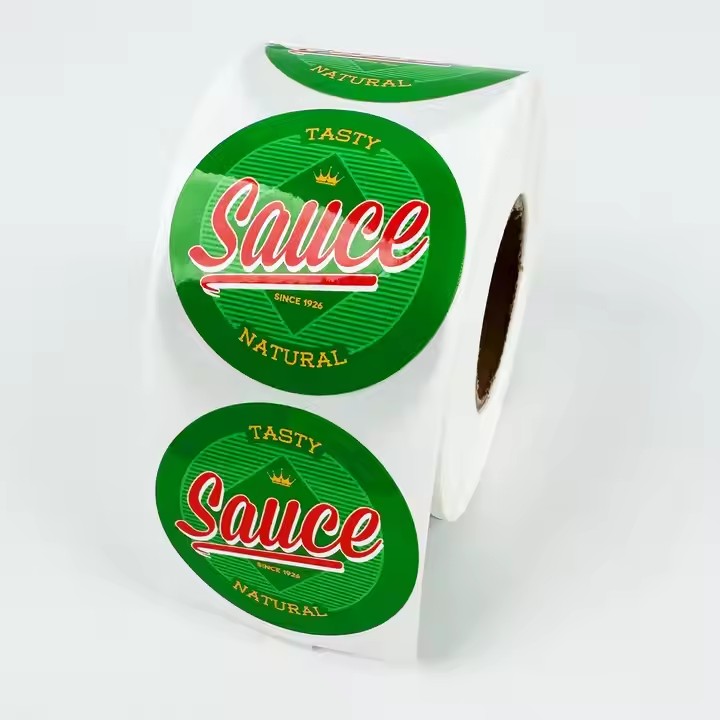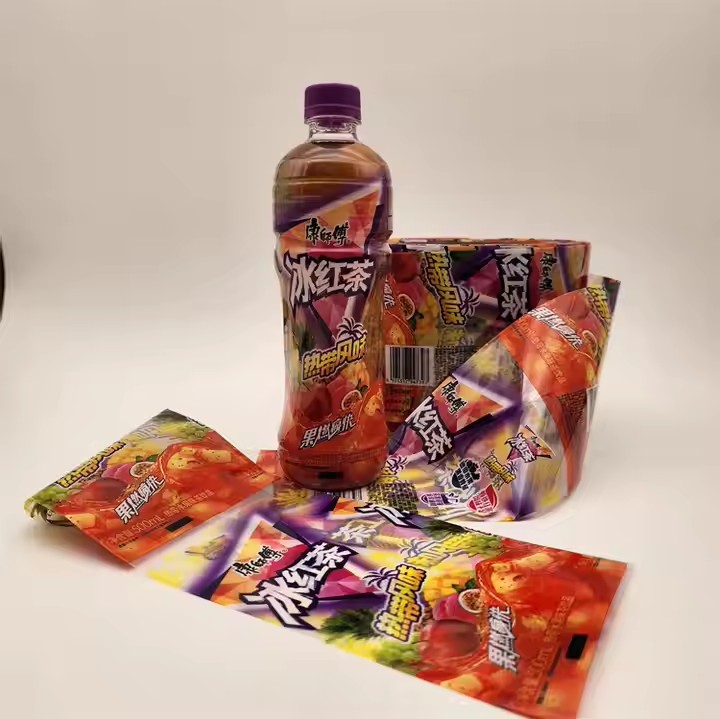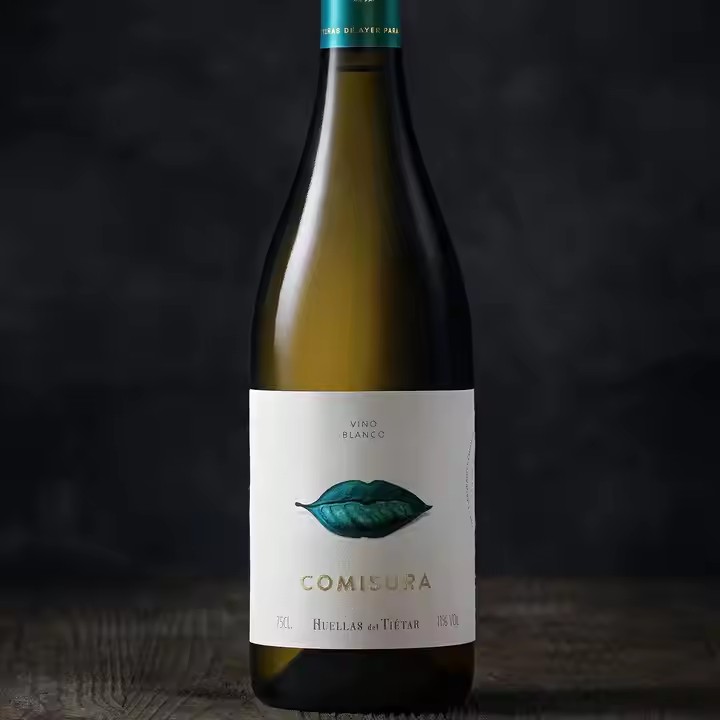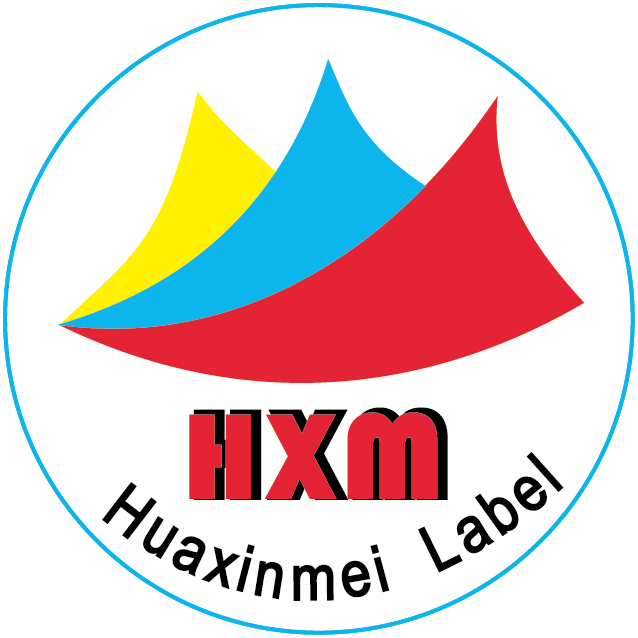I. Cultural Adaptability
Research on Target Market Culture
Different countries and regions have diverse cultural backgrounds and values, which significantly influence label design. For example, in European and American countries, people advocate freedom, individuality, and innovation. Label designs can incorporate creative abstract patterns, bold color combinations, or elements with a sense of technology. In contrast, in some Asian countries like Japan and South Korea, the culture emphasizes refinement, simplicity, and a sense of quality. Label designs should tend to be simple and elegant, perhaps making more use of soft colors, delicate lines, and high – quality materials to reflect the product’s class.
Study the cultural backgrounds and customs of different target countries. For different products, design label products that conform to the current popular culture. If the pattern is also loved by consumers in that country, the probability of consumers’ liking will increase.
For countries with strong customs, such as Middle – Eastern countries where eating pork is prohibited. On the outer packaging of any food, there should be no symbols or words related to pigs.

Language Localization
Ensure that the written information on the label is accurate and in line with local language habits. This includes not only correct translation but also the language style and expression. For example, in English – speaking countries, label copy can use some popular colloquial words and simple sentence structures to make it easier for consumers to understand. In France, the copy style may tend to be more elegant and literary; in Germany, consumers may expect to see rigorous and precise written descriptions.
Understand the language and culture of the target country. For products sold in that country, use the local language and relevant patterns on the product labels and packaging.
II. Visual Design Elements
Color Selection
Colors have different symbolic meanings in different cultures. In Western cultures, white usually symbolizes purity, weddings, and other positive connotations. However, in some Asian cultures, white may be associated with mourning. After understanding these differences, for the European and American markets, white can be boldly used on labels of wedding – related products, paired with colors like gold or silver that symbolize nobility. For festive products in the Asian market, colors like red and pink, which represent auspiciousness and happiness, may be more suitable.
Pay attention to color trends. There are different trendy colors every year, such as the Color of the Year released by PANTONE. Incorporating these trendy colors into label designs can make products look more fashionable and in line with the current trend. For example, when the Color of the Year is a bright blue, appropriately adding this blue element to the label designs of fashion or consumer electronics products can attract overseas consumers who pursue fashion.
Patterns and Graphics
The choice of patterns should consider the cultural and aesthetic preferences of the target market. For the European and American markets, natural elements (such as flowers, animals), geometric shapes (such as diamonds, hexagons), and story – based patterns (such as fairy – tale scenes, mythological patterns) are very popular. On children’s product labels, well – known patterns like Disney cartoon characters can be used to attract consumers.

For some markets with ethnic characteristics, such as the Mexican market, patterns with traditional Mexican art styles, like the Papel Picado style, can be used to enhance the local characteristics and attractiveness of the label. At the same time, ensure the copyright of the patterns to avoid infringement.
III. Materials and Techniques
Material Selection
Select label materials according to the product positioning and the consumption habits of the target market. In high – end markets, such as the luxury markets in developed European and American countries, consumers value quality and touch. High – quality materials like leather, silk, materials with a metallic texture, or papers with special textures can be used to make labels to reflect the luxury of the product. For example, using soft calfskin, gold – embossed text, and delicate stitching on the labels of high – end leather goods can give consumers a high – quality experience.
In some environmentally – conscious markets, such as Nordic countries, consumers prefer recyclable and sustainable materials. Therefore, labels can be made of eco – friendly materials like recycled paper and organic fabrics, and environmental protection signs or relevant certification information can be prominently displayed on the label to attract these consumers.
Manufacturing Techniques
Use advanced manufacturing techniques to enhance the texture of the label. For example, techniques such as gold – stamping, embossing, and UV printing can be used to make the text and patterns on the label more eye – catching, three – dimensional, and add a sense of refinement to the label. When designing labels for commemorative or high – end products, such as limited – edition wine labels, relief techniques can be used to give the label artistic and collectible value.
For product labels that need to be waterproof and wear – resistant, such as outdoor equipment labels, special coating techniques should be used to ensure that the label can maintain a good appearance and readability in various harsh environments.

IV. Personalization and Customization
Provide Personalized Options
Overseas consumers, especially those in Europe and America, are paying more and more attention to personalization. Label designs with a variety of personalized options can attract their attention. For example, on cosmetic labels, services such as adding the consumer’s name, birthday, or personalized blessings can be provided. For technology product labels, consumers can be allowed to choose their favorite color and pattern combinations, or even upload their own designed patterns to customize the label.


